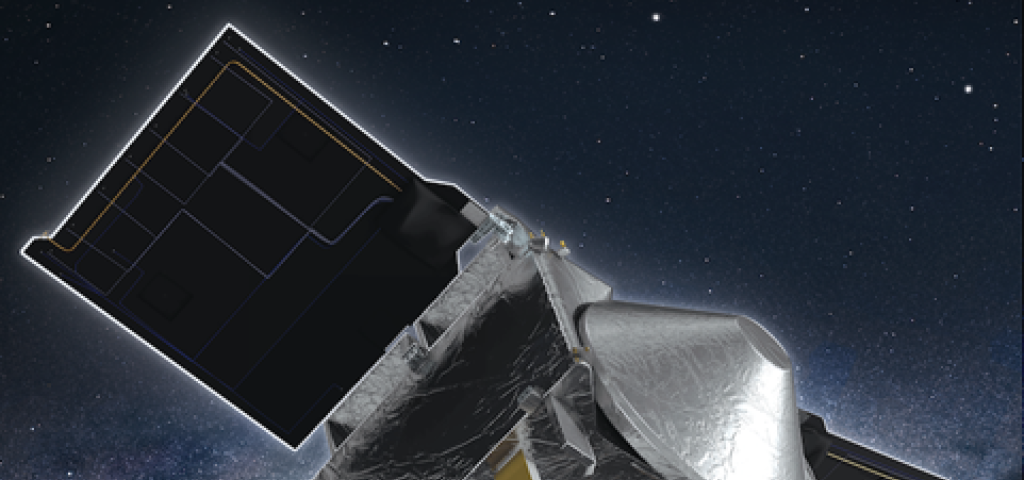
OSIRIS- REx: Interplanetary TAG with VxWorks

Following on the recent success of the InSight probe’s Mars landing, VxWorks is once again enabling an interplanetary first – an asteroid sample return mission. On December 3, 2018, the OSIRIS-REx spacecraft arrived at the near-Earth asteroid Bennu.
After surveying the asteroid for approximately 18-months, the spacecraft will perform one of the best prepared tags in history. Lockheed Martin’s OSIRIS-REx team spent more than a decade designing, building, and testing TAGSAM – the Touch And Go Sample Acquisition Mechanism. After Earth-based testing, OSIRIS-REx was launched in September 2016 and stretched its arm, flexed its joints, and got ready for the first interplanetary TAG.

Image: Courtesy of NASA
OSIRIS-REx will spend over a year surveying the asteroid in detail so the mission team can select a location for the TAG. The big event is expected to occur in 2020, with over 60 grams of asteroid material being collected during the Touch-And-Go. The sample will be returned to earth in 2023 for analysis. Scientists expect the sample to reveal more clues about the formation of our solar system and the origin of organic materials that support life on Earth.
Wind River is proud to provide the real-time operating system (RTOS) powering the OSIRIS-REx flight software. The flight software receives commands and control “packages” and uses the VxWorks RTOS to receive this important telemetry real-time. This includes a degree of autonomous operations including maneuvering, and controlling the Touch-And-Go sample acquisition process. It also performs standard housekeeping and health monitoring, returning data to Earth in its telemetry stream. It is also capable of handling problems, or faults, if necessary entering a “safe mode” to await further instruction if needed.
Space missions such as OSIRIS-REx require high degrees of autonomy as well as sub-millisecond precision, determinism, and reliability. VxWorks’ proven track record of spaceflight and interplanetary rovers/probes instills trust in the software foundation for future space missions, both Earth orbiting satellites as well as scientific missions within our solar system and beyond.
The Lockheed Martin team incorporated VxWorks in the core Planetary Flight Software used throughout a wide spectrum of missions including Juno (currently studying Jupiter), InSight, and OSIRIS-REx. VxWorks has a strong history of enabling affordable development, deployment, and operation of autonomous systems including those that reach the furthest edges of our solar system as well as those that fly in our atmosphere, drive on the Earth’s surface, navigate on or below the surface of seas or lakes, and even navigate below the Earth’s surface.
Check out more Wind River space missions here, and find out more about how Wind River makes autonomous systems safe, secure, and affordable here.

